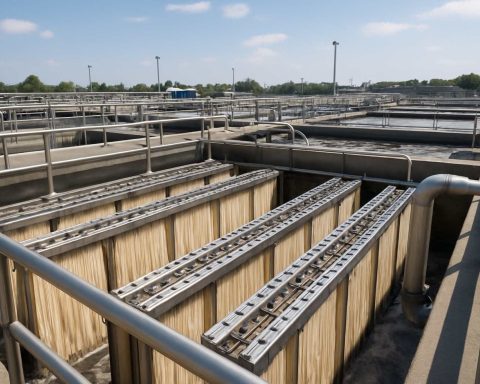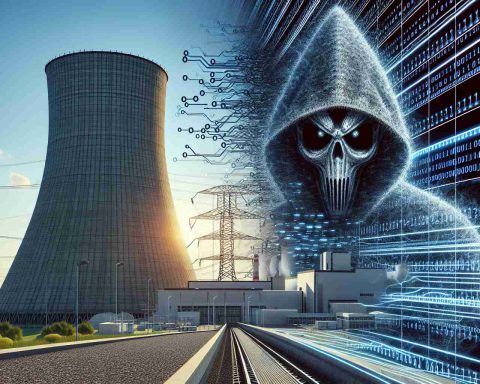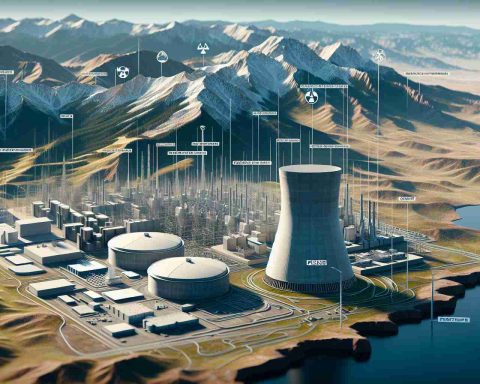- Global energy competition is intensifying between nuclear power and renewables, focusing on economic viability and energy security.
- The Levelized Cost of Electricity (LCOE) highlights the economic efficiency of energy technologies.
- Advanced nuclear power currently costs £110/MWh, while solar power is expected to decrease significantly to £25/MWh by 2050.
- Renewable energy, particularly solar and wind, is gaining investment due to its decreasing costs and favourable policies.
- Governments are shifting funds from nuclear to renewables, with China investing £546 billion in renewables in 2022.
- Nuclear energy faces challenges like budget overruns and regulatory delays, exemplified by the Hinkley Point C project.
- For regions with limitations on renewables, like the Caribbean, nuclear may still be a viable option.
- Renewables are leading in cost-effectiveness, urging nuclear power to innovate for future relevance.
As our global society grapples with the growing need for sustainable energy, an intense competition brews on the frontline between nuclear power and renewables. Both players bring unique merits and challenges to this high-stakes game, one where economic viability and future energy security are paramount. In the vivid landscape of energy, every kilowatt carries a price tag—and the world is anxiously eyeing who will win this electrifying race.
Enter the Levelized Cost of Electricity (LCOE), a crucial measure that illuminates the economic sensibility of competing energy technologies over their operating lifespan. The latest numbers tell a revealing story: advanced nuclear sits at a lofty £110/MWh, while solar power dazzles with potential, dropping from £55/MWh to a forecasted £25/MWh by 2050. Wind energy benefits from similarly favourable winds, adding pressure on nuclear proponents as renewables soar in cost-effectiveness.
Globally, investments follow this economic allure. Government policies, once leaning heavily nuclear, now fan the flames of renewables with generous subsidies, shifting billions toward wind and solar endeavours. The U.S. and China are blazing trails, with China investing £546 billion in renewables in 2022 alone.
Meanwhile, nuclear power struggles with perennial demons: budget bloat, regulatory scrutiny, and agonising delays. The highly-publicised Hinkley Point C, initially a £16 billion venture, languishes over triple its original budget, a powerful metaphor of the nuclear sector’s struggles.
Yet, for regions like the Caribbean, where geographical constraints impose limitations on renewable scale, nuclear might still hold a card worth playing.
The key takeaway resonates like an urgent drumbeat across energy sectors: while renewables dance to the rhythm of economic and environmental favourability, nuclear power must innovate or be left in the shadows. The future hinges on this electrifying transformation.
Battle of the Titans: Will Nuclear Power or Renewables Shape the Future of Energy?
The Global Energy Landscape: A Competitive Clash
In the quest for sustainable energy, nuclear power and renewable energy sources stand as pivotal yet competing forces. As environmental and economic pressures mount, the world weighs the advantages of each. Recent data on Levelized Cost of Electricity (LCOE) highlights the economic dynamics propelling this competition. Nuclear energy, pegged at a substantial £110/MWh, contends with solar power’s plummeting costs projected to reach £25/MWh by 2050. Wind energy also emerges as a formidable contender, compounding the pressure on nuclear initiatives to adapt and innovate.
The Financial and Political Tug-of-War
A massive migration of investments reflects this evolving energy equation. Countries like the United States and China are spearheading the charge, with China investing £546 billion in renewables in 2022. Government policies are pivoting from nuclear to renewables, with enticing subsidies reshaping the energy investment landscape. Concurrently, nuclear energy confronts significant hurdles, exemplified by projects such as Hinkley Point C. Originally budgeted at £16 billion, its woes now symbolize the sector’s financial and regulatory challenges.
Untapped Nuclear Potential in Specific Regions
Despite these challenges, nuclear power may play an essential role in regions where renewables are impractical due to geographic constraints. The Caribbean, with its limited renewable scalability, is one example where nuclear energy might offer a feasible solution. Here, small modular reactors or advancements in nuclear technology might provide energy stability while minimising environmental impact.
Critical Questions Addressed
1. How do technological advancements influence the future of nuclear energy?
– Progress in nuclear technology, particularly in the form of small modular reactors, significantly impacts the potential revival of nuclear energy. Developments aimed at reducing cost, increasing safety, and minimising waste are crucial. International Energy Agency
2. What role do renewables play in the global energy transition?
– Renewables, primarily solar and wind, are at the forefront of the global energy shift. They offer environmentally sustainable alternatives that align with decreasing costs, driving countries towards carbon-neutral goals. International Renewable Energy Agency
3. Could energy storage technology level the playing field?
– Advancements in energy storage, such as improved battery technologies, are pivotal in resolving the intermittent nature of renewable energy, potentially fortifying their global dominance. U.S. Department of Energy
The Road Ahead: Innovation and Integration
As the energy sector evolves, innovation remains crucial in determining whether nuclear power can remain relevant. Integration of renewable energy sources, spurred by advancing technology and favourable economics, suggests a future where they play a dominant role. For nuclear power to maintain its position, embracing technological leaps and addressing financial inefficiencies will be paramount.
The electrifying transformation in the energy sector signals a challenging yet promising future, poised on the edge of technological innovation and environmental imperatives.












